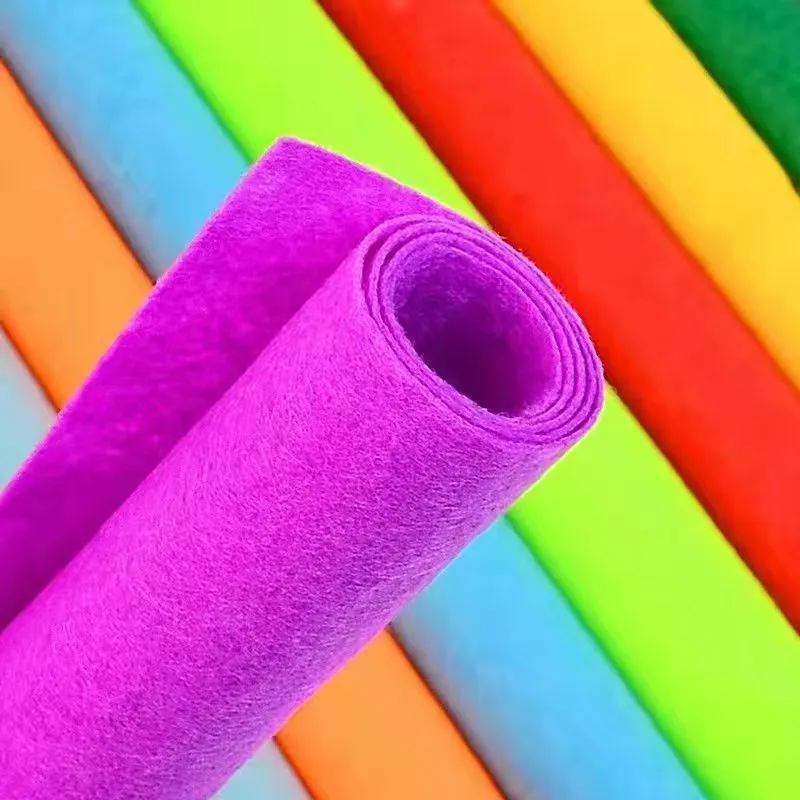Experience the Power of Emotion and Connection with Felt
Exploring the Multifaceted Nature of Felt A Journey Through Texture and Creativity
Felt, a medium often overlooked in the grand tapestry of artistic materials, has been profoundly transformative across various cultures and disciplines. Its unique texture, rich history, and versatility make it a compelling subject to explore. In this article, we will delve into the multifaceted nature of felt, examining its origins, uses, and the creative possibilities it presents.
Felt is a non-woven fabric created by matting, condensing, and pressing fibers together. The earliest records of felt date back over 6,000 years to Central Asia, where nomadic tribes utilized it to craft durable tents and clothing. The process of making felt involves felting wool fibers, which, when agitated with heat, moisture, and friction, bind together to form a resilient and cohesive material. As civilizations spread, so did the technique of felting, evolving into a craft with deep cultural significance in regions such as Europe, the Middle East, and the Americas.
One of the most striking attributes of felt is its tactile quality. The softness of wool felt can invoke feelings of comfort and warmth, making it an ideal choice for both functional and decorative items. From cozy blankets and plush toys to intricate ornaments and wearable art, felt brings a sense of intimacy and connection. This sensory engagement can be particularly powerful in an increasingly digital world, where many people are yearning for tangible experiences and meaningful interactions.
In contemporary art and design, felt has found its place as a medium of choice for many creative individuals. Artists are drawn to its accessibility, affordability, and ease of use. Unlike many other materials, felt does not require extensive tools or machinery to manipulate. As a result, it opens the door for a wide range of creative expression. The ability to cut, sew, and layer felt enables artists to explore intricate patterns, bold colors, and striking textures, transforming simple fibers into captivating works of art.
felt

Felt's versatility extends beyond the realm of traditional crafts. Designers in fashion, interior decor, and product development have harnessed its potential to create innovative solutions. For instance, felt is increasingly used in sustainable design, where its biodegradable properties and renewable sourcing make it an environmentally friendly alternative to synthetic materials. From eco-friendly bags to contemporary furniture, felt is being reimagined in ways that challenge conventional aesthetics while promoting sustainability.
Moreover, the process of creating with felt can be therapeutic. The act of felting—whether through traditional wet felting or needle felting—invites mindfulness and presence in the moment. Many educators have recognized the emotional and cognitive benefits of working with felt, particularly for children. Crafting with felt encourages creativity, fine motor skills, and problem-solving abilities, making it a popular choice in educational settings. Workshops and community groups dedicated to felt-making provide social interaction and a sense of belonging, fostering connections among participants.
Felt also carries an element of storytelling. Each piece, whether it’s an intricate mural, a vibrant hat, or a simple ornament, carries the maker's personal touch, history, and intention. Through felt, artists communicate emotions and narratives that resonate with viewers. This storytelling aspect extends to cultural expression, where traditional felt-making techniques are passed down through generations, preserving history and celebrating heritage.
As we continue to navigate a world filled with rapid technological advancements and digital interfaces, it becomes increasingly important to acknowledge the value of tactile experiences and traditional crafts. Felt serves as a bridge between the old and the new, connecting us to our roots while inspiring contemporary creativity.
In conclusion, felt is much more than just a fabric. It is a medium that embodies history, creativity, and community. Its texture, versatility, and emotional resonance make it an impactful material for artists, designers, educators, and hobbyists alike. Whether used for practical purposes or as a form of artistic expression, felt invites us to pause, appreciate the handmade, and reconnect with the tangible world around us. Through its fibers, we find a rich narrative of human experience, creativity, and connection.
-
What Makes Felt a Great Choice?NewsNov.19,2024
-
Total Mixed Ration (TMR) Feed for CattleNewsNov.19,2024
-
The Ultimate Guide for Felt Polishing WheelsNewsNov.19,2024
-
Industrial Felt for Various ApplicationsNewsNov.19,2024
-
Felt Makeup Bags and Inserts BagsNewsNov.19,2024
-
Choosing the Right Hotel TowelsNewsNov.19,2024
-
Your Go-To Guide For Affordable Wholesale Wool FeltsNewsOct.31,2024







